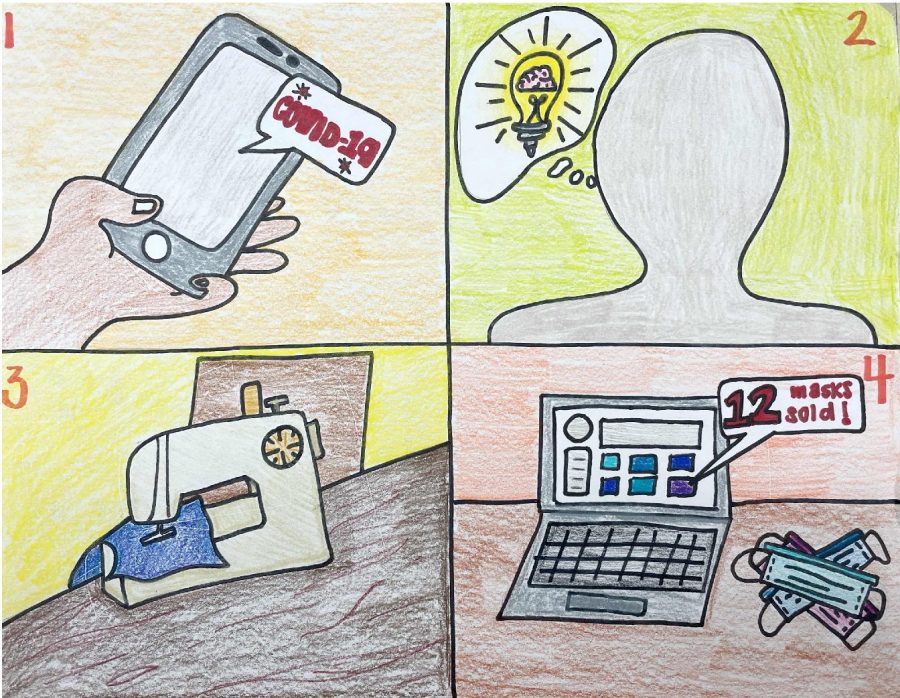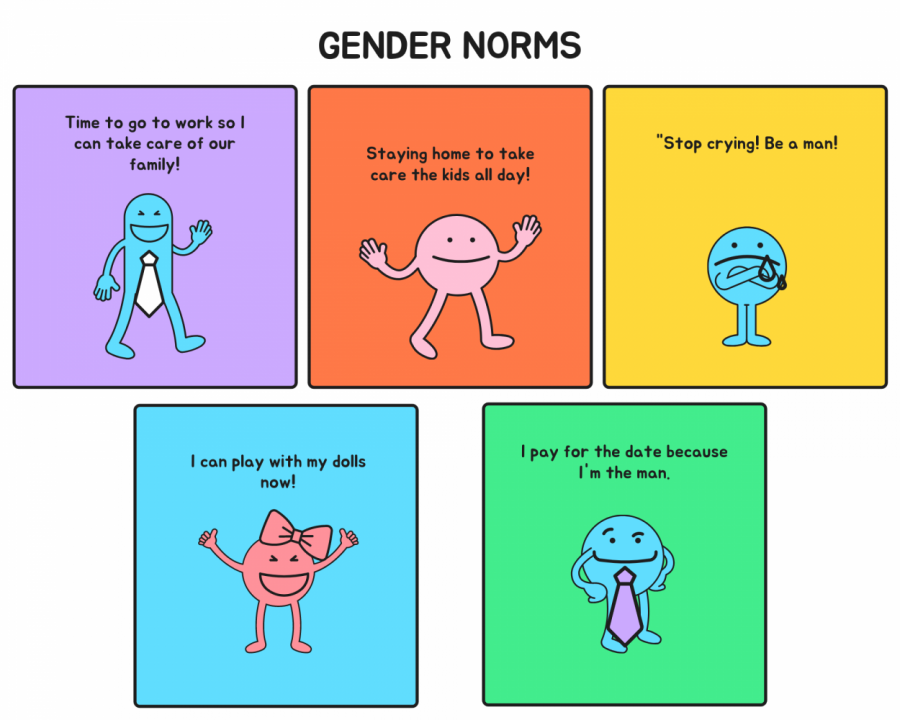Most strangers are not dangerous and would not do anything to hurt others, but some strangers can be harmful. Often, dangerous people do not look scary or mean but instead appear well-groomed and friendly.
Predators often look confident, friendly and reliable. They often ask for help from people who appear distracted, lost or dazed, including children and teens.
To stay away from the dangers of the streets, one should always be alert.
Spanish teacher Susan Solomine said, “When I am waiting at bus stops, I play my music loud and sometimes it is hard to hear the things that go on around me. However, I remain aware by constantly scanning the area I am walking towards and never looking down when I walk.”
Groups are sometimes a deterrent as predators are less motivated to approach and isolate one person from a group of people.
In addition to being aware of surroundings, teens should be familiar with “safe spots,” places where they can go if they suspect danger.
Freshman Janelle Medrano said, “When I was younger, I used to walk to and from school and one of my safe spots was a local grocery store. Fortunately, I never had to use my safe spot.”
If alone, one should not take shortcuts through isolated areas and should walk facing oncoming traffic on the street. If strangers ask for help, such as directions, finding lost money or searching for a lost pet, one should suggest going for help elsewhere and quickly leave. These are all red flags, and one should try to get away quickly from these situations.
To appear confident, calm and in control, one should not walk with one’s head down or appear fixated on one’s phone.
Freshman Summer Tsukenjo said, “When I am walking, I am usually on my phone texting people but now that I know it makes me more vulnerable, I will try to be more aware of my surroundings.”




























